Search
Search Results
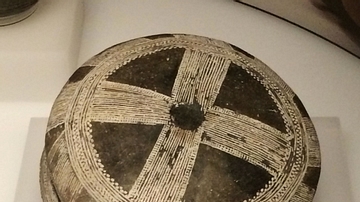
Image
Early Bronze Age Bell Beakers from Iberia
These clay bell beakers come from the Early Bronze Age necropolis of Ciempozuelos (Cuesta de la Reina, Madrid), Spain and they were found during excavations conducted in the late 19th century CE. (Ciempozuelos was the first Bell-Beaker necropolis...
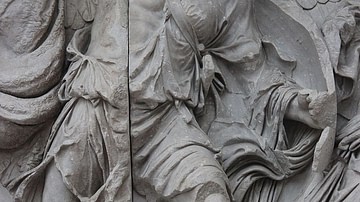
Image
Uranus on the Southern Frieze of the Gigantomachy
Uranus on the southern frieze of the Gigantomachy.
Pergamon Museum, Berlin.
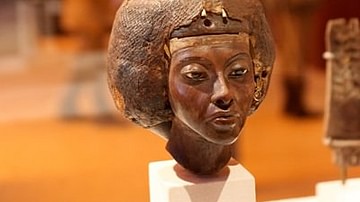
Image
Queen Tiye Bust
Bust of the Egyptian queen Tiye (1398-1338 BCE), wife of the pharaoh Amenhotep III, mother of Akhenaten, and grandmother of both Tutankhamun and Ankhsenamun. (Altes Museum, Berlin)
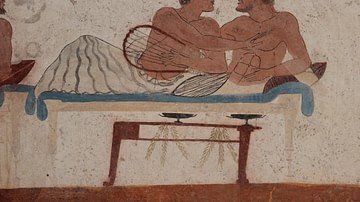
Image
Symposium Scene, Tomb of the Diver
Detail of a painting from the limestone walls of the Tomb of the Diver. The tomb and its artwork is associated with Classical Greek culture which flourished in Magna Graecia during antiquity. From the North Wall of the Tomb of the Diver in...
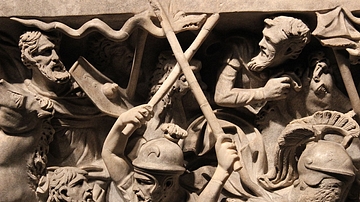
Image
Detail of the Portonaccio Sarcophagus
Detail of the Portonaccio Sarcophagus, which depicts Late Roman legionaries battling barbarians in the 3rd Century BCE. The piece was created between 172-175 CE.
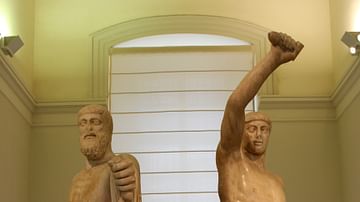
Image
Statue Group of Harmodius & Aristogeiton
Marble statue group depicting the Athenian tyrant-slayers Harmodius and Aristogeiton. These statues are Roman copies of 5th Century BCE Greek originals. (National Archaeological Museum of Naples)
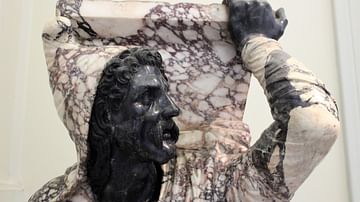
Image
Detail of the Kneeling Barbarian
Detail of the "Kneeling Barbarian", also known as the "Farnese Barbarian". The use of coloured marbles allowed for a polychromatic sculpture without the use of paint or other pigments. Roman sculpture. c. 98-117 CE. (National Archaeological...